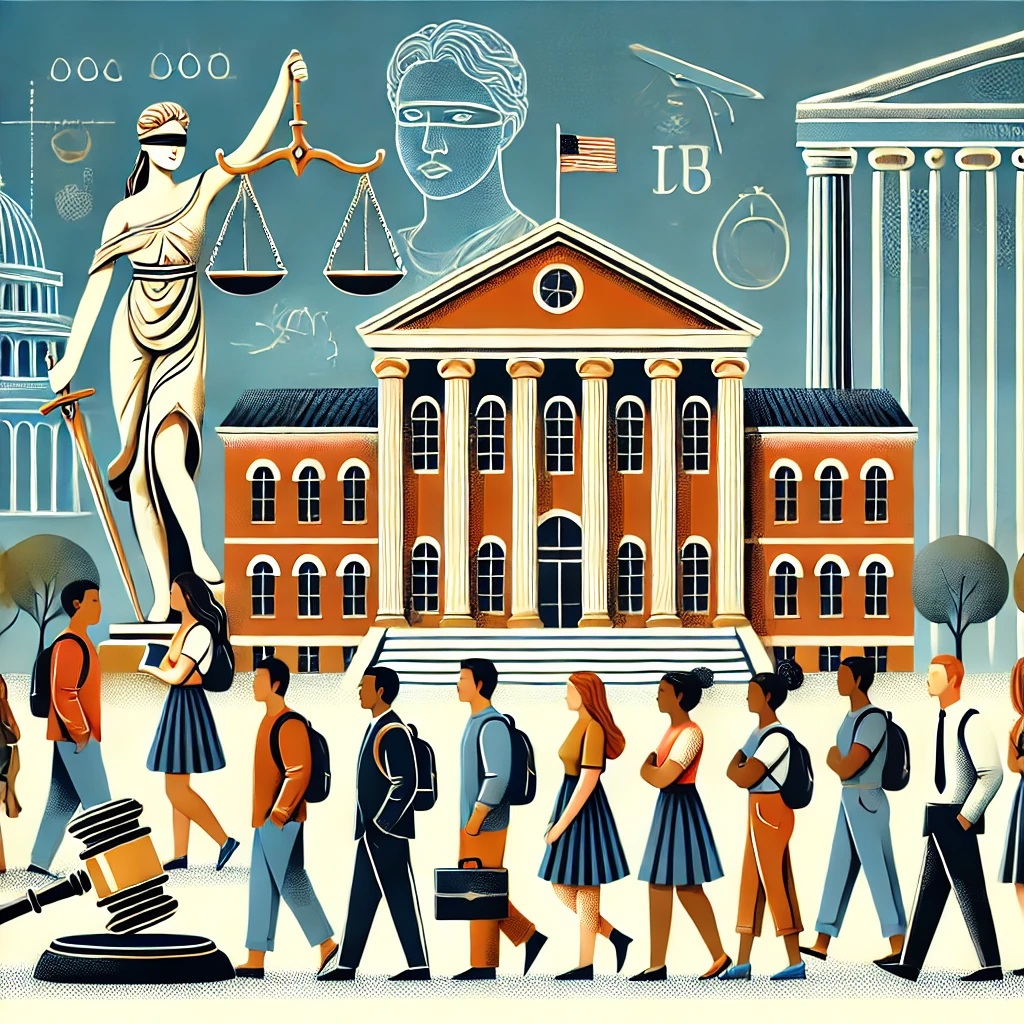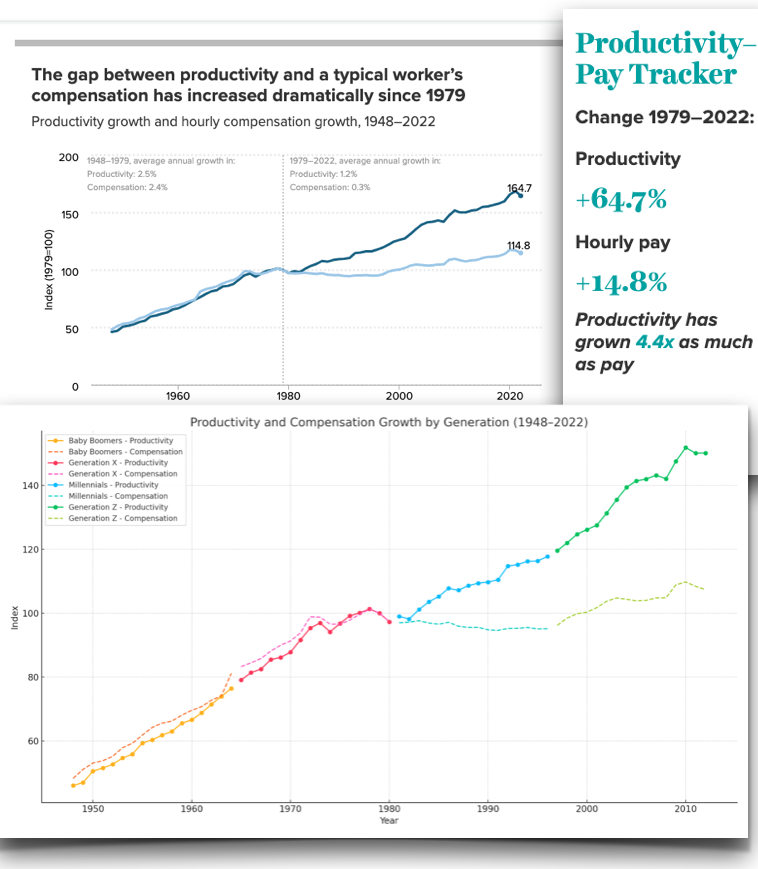Summary: In an era where diversity and inclusion are hotly debated topics, the intersection of race-based scholarships and legal challenges presents a complex landscape. This article delves into a recent complaint against Indiana University, exploring the implications of the 2023 Supreme Court ruling against race-conscious admissions and discussing action steps to support equitable opportunities for minorities. We also refute claims that race-based policies are inherently racist, backed by scholarly peer-reviewed sources and credible statistics.
In July 2024, a conservative group known as the Equal Protection Project (EPP) filed a complaint against Indiana University, challenging 19 race-based scholarship programs because they violated the Equal Protection Clause under the 14th Amendment and the Civil Rights Act of 1964. This move comes in the wake of the 2023 Supreme Court ruling against race-conscious admissions policies, adding fuel to the ongoing debate over affirmative action and race-based initiatives in higher education.
The EPP also owns another project called the Legal Insurrection Foundation, which is an interesting name, to say the least:

The Legal Basis for the Complaint

The EPP’s complaint leverages the Equal Protection Clause of the 14th Amendment, which guarantees that no state shall “deny to any person within its jurisdiction the equal protection of the laws.” The EPP argues that race-based scholarships unfairly discriminate against non-minority students, potentially excluding them from financial aid opportunities solely based on race. Additionally, the complaint cites the Civil Rights Act of 1964, which prohibits discrimination based on race, color, or national origin in programs and activities receiving federal financial assistance.
The Role of the 2023 Supreme Court Ruling

The 2023 Supreme Court ruling against race-conscious admissions policies has emboldened groups like the EPP to challenge race-based initiatives across educational institutions. This ruling effectively dismantled affirmative action policies that allowed universities to consider race as one of many factors in their admissions processes. Critics of race-conscious policies argue that they create reverse discrimination, favoring minority students at the expense of others (Rosenzweig, 2024).1
Opponents of race-based scholarships often argue that these programs are discriminatory against non-minority students. However, it is essential to consider the broader context of systemic inequality. According to the Educational Policy Journal, race-conscious policies are not about favoring one group over another but addressing historical and structural disparities that have disadvantaged certain groups for generations (Brown, 2024).2
The Impact of Race-Based Scholarships

Many race-based scholarships at Indiana University are worth millions of dollars and are designed to support minority students historically underrepresented in higher education (Indiana University, 2024).3 These scholarships aim to level the playing field by financially assisting students facing economic and social barriers to higher education.
Research shows that race-based financial aid programs positively impact college enrollment and completion rates for minority students. For instance, a report by the Washington State Education Research and Data Center (ERDC) found that students who receive higher amounts of financial aid relative to their economic needs are more likely to complete college and do so faster than those with lesser financial aid packages. This pattern is consistent across multiple cohorts of students in both four-year institutions and community colleges (ERDC, 2019).4
Refuting Claims of Racism Against Others
If there were one chart that tells the story of wealth in America, it would be the chart below:

The visual representation of wealth is not an accident or the result of a lack of hard work but systematic inequality fused with various factors. How do I know we know that is a fact? Look no further than the 1979 change in compensation vs. production, in which production exceeded compensation, affecting younger generations in the present and future (Economic Policy Institute, 2022). 5

So, hard work does help, but not when you are compensated much less than what you produce. Combine the depreciating U.S. dollar, and you have people who don’t believe working hard to pay bills is worth it anymore:
Race-based admissions address the historic and current disparities that exist in America today:
- Historical Discrimination: Historical policies like redlining and segregation have prevented minority communities from accumulating wealth at the same rate as their white counterparts (Lathan, 2023).6
- Educational Disparities: Unequal access to quality education limits opportunities for higher-paying jobs and upward mobility for marginalized groups (Aclu, 2023).7
- Employment Inequality: Discrimination in hiring, promotion, and wage practices continue to disadvantage minority groups in the labor market (Kuhn & Chanci, 2024).8
- Wealth Inheritance: Wealth is often passed down through generations, and due to historical exclusions, minority families have less wealth to inherit (Irvine, 2016).9
- Housing Inequality: Discriminatory housing policies and practices have limited minority homeownership opportunities, a primary source of wealth accumulation (Gibbons et al., 2021).10
- Access to Capital: Minority entrepreneurs often face barriers to accessing capital and loans, hindering their ability to start and grow businesses (Kauffman Foundation, 2023).11
- Criminal Justice System: Disproportionate targeting and incarceration of minorities impact their economic stability and opportunities (Grawert & Craigie, 2020).12
- Health Disparities: Health inequities result in higher medical expenses and lower productivity for marginalized communities (Macias-Konstantopoulos et al., 2023).13
- Tax Policies: Tax systems and policies often favor the wealthy, exacerbating income inequality (Urban-Brookings Tax Policy Center, 2024).14
- Social Networks: Limited access to influential social networks restricts opportunities for minority groups to advance economically (Pena-Lopez, Rungo, & Sanchez-Santos, 2021).15
Opponents of race-based scholarships often argue that these programs are discriminatory against non-minority students. However, it is essential to consider the broader context of systemic inequality. For many minority groups, the difficulty in going to college is financial, with the rising costs of college and many other challenges.
Another bullet point not included is the increasing rise of homelessness, which can be a stressful situation to live in. The governor of California recently mandated the removal of homeless encampments in lockstep with the recent Supreme Court decisions.
Action Steps to Support Equitable Opportunities
To counteract efforts to dismantle race-based scholarships and support equitable opportunities for all students, individuals and organizations can take the following action steps:
- Advocacy and Awareness: Raise awareness about the importance of race-based scholarships and their role in promoting diversity and inclusion. Engage in public advocacy through social media, community forums, and op-eds.
- Support Legal Challenges: Support organizations fighting legal battles to protect race-based initiatives in higher education. Donations, volunteering, and spreading their message can amplify their impact.
- Policy Engagement: Participate in local and national policy discussions to advocate for continuing and expanding race-based scholarships. Contact legislators, attend public hearings, and join advocacy groups focused on educational equity.
- Educational Campaigns: Organize or participate in educational campaigns highlighting the benefits of race-based scholarships and the need for systemic change to address educational disparities.
- Research and Data Collection: Support and disseminate research demonstrating the positive impact of race-based scholarships on minority student success and overall educational outcomes.
Conclusion
The complaint against Indiana University’s race-based scholarships by the Equal Protection Project underscores the ongoing tension between efforts to promote diversity and the legal challenges of conservative groups. While the 2023 Supreme Court ruling has intensified these challenges, it is crucial to recognize the vital role that race-based scholarships play in addressing systemic inequalities. By advocating for these programs and refuting claims of reverse discrimination, we can continue to work towards a more equitable and inclusive education system.
References
- Rosenzweig, B. (2024, July 23). Complaint filed against Indiana University for “pervasive” race-based scholarships. The Herald-Times. https://www.heraldtimesonline.com/story/news/education/campus/2024/07/23/indiana-university-faces-office-of-civil-rights-complaint-over-race-based-scholarships/74500320007/24, July 23). Complaint filed against Indiana University for “pervasive” race-based scholarships. Yahoo News. https://news.yahoo.com/news/complaint-filed-against-indiana-university-090636425.html ↩︎
- Brown, Z. (2024). Recasting race-conscious admissions: Sylvia Wynter and higher education policy after “Man”. Educational Policy, 38(3), 727-740. https://doi.org/10.1177/08959048231218207 ↩︎
- OVPDEI scholarships. (n.d.). Office of the Vice President for Diversity, Equity & Inclusion. https://diversity.iu.edu/scholar-opportunities/scholarships/index.html ↩︎
- Washington State Education Research and Data Center. (n.d.). Impact of Need-Based Financial Aid on College Completion: An Event History Analysis | Washington State Education Research and Data Center. https://erdc.wa.gov/publications/student-outcomes/impact-need-based-financial-aid-college-completion-event-history ↩︎
- Economic Policy Institute. (2022). The productivity-pay gap. ↩︎
- Lathan, N. (2023, September 29). 50 years after being outlawed, redlining still drives neighborhood health inequities. Berkeley Public Health. https://publichealth.berkeley.edu/news-media/research-highlights/50-years-after-being-outlawed-redlining-still-drives-neighborhood-health-inequities ↩︎
- Aclu. (2023, October 12). Why Access to Education is Key to Systemic Equality | ACLU. American Civil Liberties Union. https://www.aclu.org/news/racial-justice/why-access-to-education-is-key-to-systemic-equality ↩︎
- Kuhn, F., & Chanci, L. (2024). Racial disparities in labor outcomes: The effects of hiring discrimination over the business cycle. Economic Analysis and Policy, 81, 801-817. https://doi.org/10.1016/j.eap.2023.12.027 ↩︎
- Irvine, J. J. (2016). From Cotton to Coca-Cola : A Family History Case Study on the Limitations of Higher Education to Close the Generational Wealth Gap. Journal Committed to Social Change on Race and Ethnicity (JCSCORE), 2(2), 41–62. ↩︎
- Gibbons, A., Perry, A. M., Harshbarger, D., Ray, R., & Elizondo, S. (2021, September 1). Homeownership, racial segregation, and policy solutions to racial wealth equity. Brookings. https://www.brookings.edu/articles/homeownership-racial-segregation-and-policies-for-racial-wealth-equity/ ↩︎
- Kauffman Foundation. (2023). Access to Capital for Entrepreneurs: Removing Barriers. Retrieved from https://www.kauffman.org/reports/access-to-capital-for-entrepreneurs-removing-barriers-2023/ ↩︎
- Grawert, A., & Craigie, T.-A. (2020, November 4). Mass incarceration has been a driving force of economic inequality. Brennan Center for Justice. Retrieved from https://www.brennancenter.org/our-work/analysis-opinion/mass-incarceration-has-been-driving-force-economic-inequality ↩︎
- Macias-Konstantopoulos, W. L., Collins, K. A., Diaz, R., Duber, H. C., Edwards, C. D., Hsu, A. P., Ranney, M. L., Riviello, R. J., Wettstein, Z. S., & Sachs, C. J. (2023). Race, Healthcare, and Health Disparities: A Critical Review and Recommendations for Advancing Health Equity. The western journal of emergency medicine, 24(5), 906–918. https://doi.org/10.5811/westjem.58408 ↩︎
- Urban-Brookings Tax Policy Center. (2024). How do taxes affect income inequality? In Tax Policy Center Briefing Book. Retrieved from https://www.taxpolicycenter.org/briefing-book/how-do-taxes-affect-income-inequality ↩︎
- Pena-Lopez, A., Rungo, P., & Sanchez-Santos, J. M. (2021). Inequality and Individuals’ Social Networks: The Other Face of Social Capital. Cambridge Journal of Economics, 45(4), 675–694.
↩︎






Leave a Reply